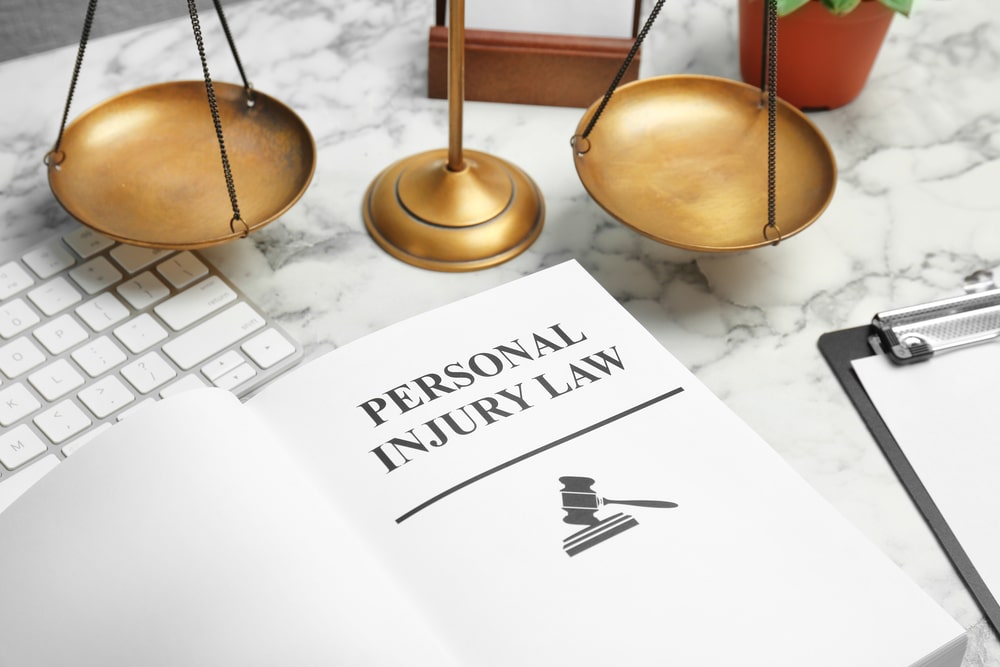Personal Injury Cases
Legal strategies for personal injury cases play a crucial role in determining the success of a claim and the amount of compensation awarded to the injured party. These strategies involve careful planning, investigation, negotiation, and advocacy to build a strong case and achieve a favorable outcome for the plaintiff. Here are some key legal strategies employed in personal injury cases:
Thorough Investigation:
- One of the first steps in developing a legal strategy for a personal injury case is conducting a thorough investigation into the circumstances surrounding the injury. This may involve gathering evidence such as accident reports, witness statements, photographs or videos of the scene, medical records, and expert opinions. The goal is to establish the cause of the injury, identify liable parties, and gather evidence to support the plaintiff’s claims.
Establishing Liability:
- A critical aspect of any personal injury case is establishing liability or legal responsibility for the injury. This may require proving that the defendant owed a duty of care to the plaintiff, breached that duty through negligent or reckless conduct, and caused the plaintiff’s injuries as a result. Legal strategies for establishing liability may include presenting evidence of the defendant’s negligence, interviewing witnesses, and cross-examining opposing parties.
Documenting Damages:
- Another key component of a successful personal injury case is documenting the damages suffered by the plaintiff as a result of the injury. Damages may include medical expenses, lost wages, pain and suffering, emotional distress, and loss of enjoyment of life. Legal strategies for documenting damages may involve obtaining medical records and bills, gathering evidence of lost income, and presenting testimony from medical experts and other witnesses.
Negotiation And Settlement:
- Many personal injury cases are resolved through negotiation and settlement rather than going to trial. Legal strategies for negotiation and settlement involve advocating for the plaintiff’s interests and maximizing the amount of compensation obtained. This may include presenting evidence of liability and damages, preparing persuasive demand letters, and engaging in strategic negotiations with insurance companies and opposing parties.
Litigation And Trial Advocacy:
- In cases where a settlement cannot be reached, personal injury lawyers must be prepared to litigate the case in court. Legal strategies for litigation and trial advocacy involve presenting the plaintiff’s case to a judge and jury, cross-examining witnesses, and presenting evidence in support of the plaintiff’s claims. This may also involve challenging the defendant’s evidence and legal arguments and responding to any motions filed by the opposing party.
Statute Of Limitations:
- Personal injury cases are subject to statutes of limitations, which establish the deadline for filing a lawsuit after the injury occurs. Legal strategies for complying with statutes of limitations involve conducting a prompt investigation, gathering evidence, and filing the lawsuit within the applicable time frame to preserve the plaintiff’s rights to seek compensation.
Legal strategies for personal injury cases are essential for building a strong case, establishing liability, documenting damages, and obtaining fair compensation for injured parties. Whether through negotiation, settlement, or litigation, effective legal strategies require careful planning, thorough investigation, and skilled advocacy to achieve the best possible outcome for the plaintiff. Reach out to a Personal injury lawyer from a firm like Council & Associates, LLC for assistance.

